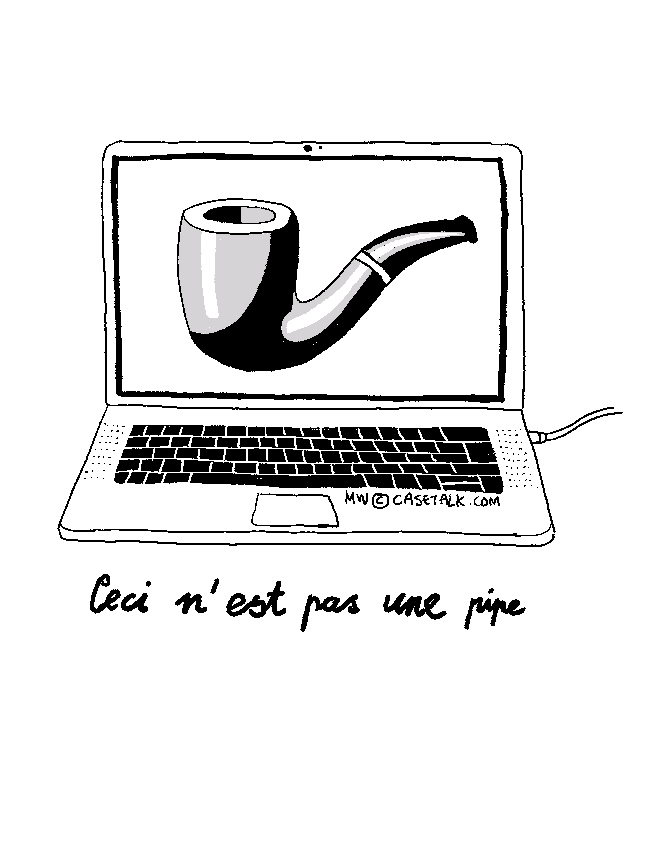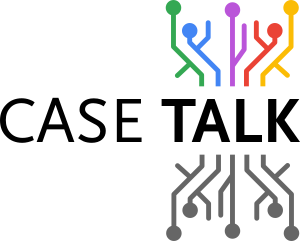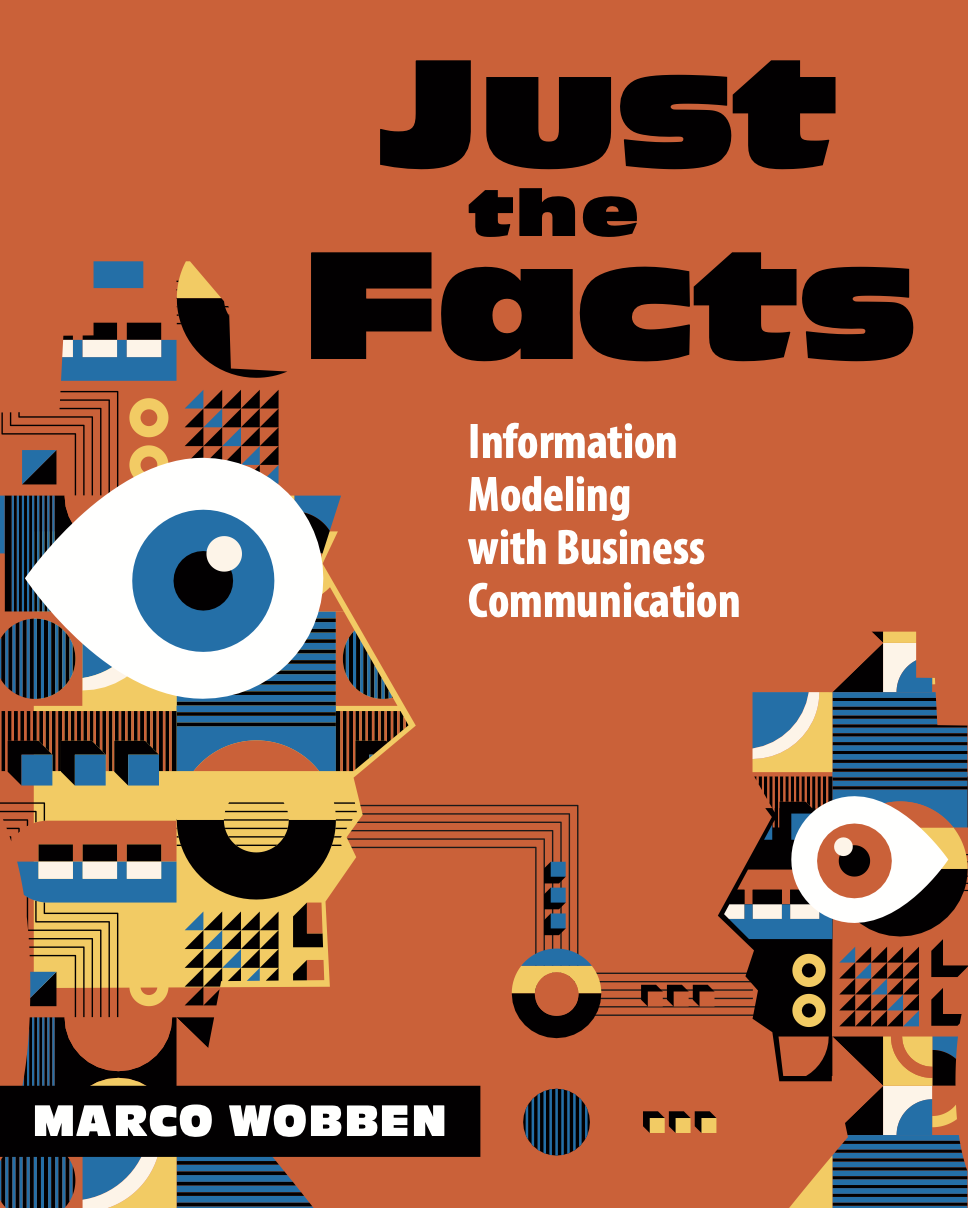Our brain allows us to generate imagery and scenario's and make ourselves believe this imaginary world is real. We hardly realize, we only imagine how the world is, based upon sensory input and thought. The famous art work "ceci n'est pas une pipe" is a great example of how that works (*). And with the current state of affairs in IT and the world of Data, there's a similar phenomenon going on. We look at data and tend to think it is the reality, since the data appears real to us. This layered imaginary reality, is based on perceptions, people and subjective perspectives. Never take data on equal footing as reality itself, since our brain is simply incapable of perceiving reality objectively.
Once we realize that data is simply the notation of perceived reality, we start focusing on what we're trying to communicate. Data is simply a very condensed form of communication. Any expert will tell you there's more to the story than just the data. So let's listen more to the story, and focus a little less on the data. Let's all communicate more, and with regard to data, we should perhaps allow our experts to do the talking. With Fact Oriented Information modeling, we allow just that.

(*) The original art was showing how the artist depicted his perceived image of the original pipe. In this poster it is our perception of a laptop depicting some data about the art .. etcetera. Metametameta can really mess with our brains, luckily fact oriented modeling will help you keep it real.
 This license allows reusers to copy and distribute the material in any medium or format in unadapted form only, for noncommercial purposes only, and only so long as attribution is given to the creator.
This license allows reusers to copy and distribute the material in any medium or format in unadapted form only, for noncommercial purposes only, and only so long as attribution is given to the creator.
CC BY-NC-ND includes the following elements:
- BY – Credit must be given to the creator
- NC – Only noncommercial uses of the work are permitted
- ND – No derivatives or adaptations of the work are permitted


